In the ever-fascinating world of nature, animals continue to surprise us with behaviors and abilities that often sound more like urban legends than reality. From shapeshifting skills to unfathomable feats of strength, these incredible creatures demonstrate nature’s boundless creativity. Dive in as we explore 15 animal facts that will make you question if we’re still on planet Earth—and yes, each one is absolutely true.
1. Dolphins Have Names
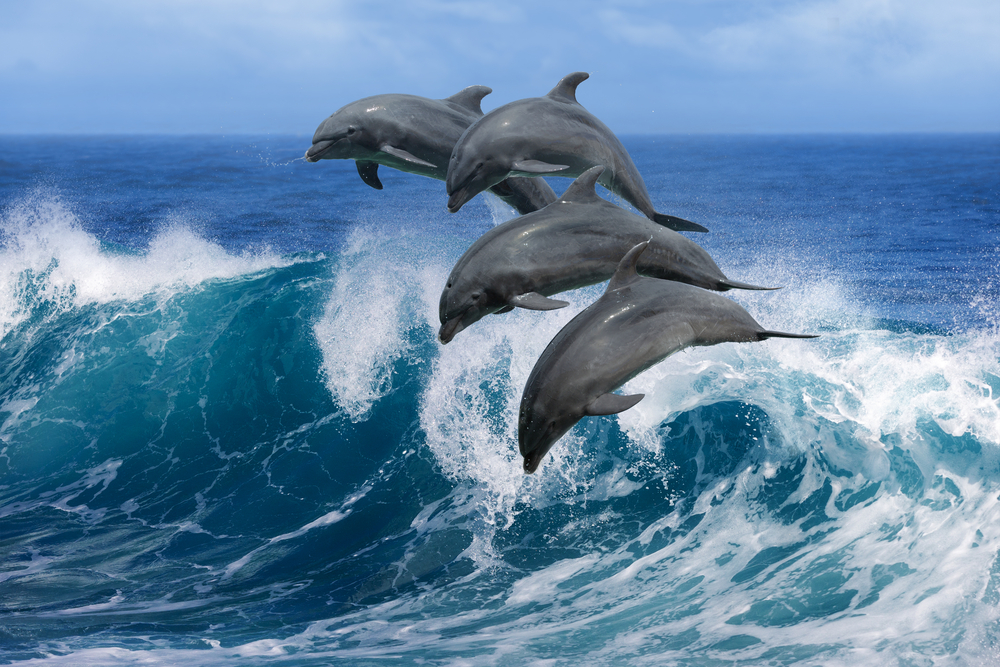
Dolphins are not only intelligent creatures but also social ones with a penchant for names. A study published in National Geographic revealed dolphins use specific whistles to identify individual members within their pods, functioning much like human names. These signature whistles are unique to each dolphin and remain consistent throughout their lifetime. What’s more, dolphins can remember the “names” of their friends even after being separated for over 20 years.
This whistle-based form of identification is crucial for their complex social structure. Dolphins live in dynamic groups called pods, which can range in size from two to a thousand individuals. In such a fluid social environment, having a unique call ensures that they can easily locate and communicate with their companions. It’s a sophisticated system that showcases their remarkable cognitive abilities and social bonds.
2. Octopuses Have Three Hearts
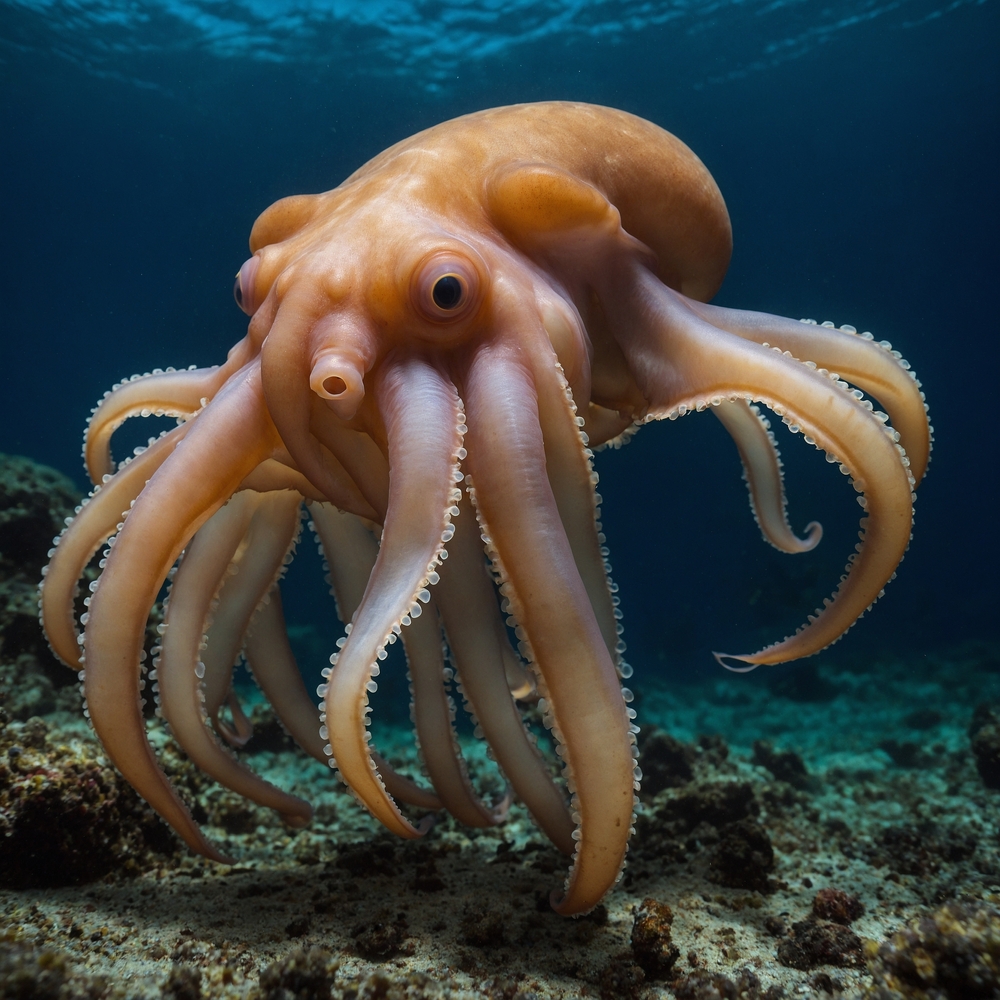
It might sound like a sci-fi plot, but octopuses indeed have three hearts. Two of these hearts pump blood to the gills, where it is oxygenated, while the third heart circulates the oxygenated blood to the rest of the body. But there’s a catch—when an octopus swims, the third heart actually stops beating, which is why these creatures prefer crawling to conserve energy.
The octopus’s blue, copper-rich blood further aids in its survival in cold, low-oxygen environments. This unique circulatory system is just one of many adaptations that make octopuses the marine world’s shape-shifting escape artists. From squeezing through tiny spaces to changing the color and texture of their skin, there’s more to an octopus than meets the eye. Their three hearts are just another example of their extraordinary biology.
3. Sloths Can Hold Their Breath Longer Than Dolphins
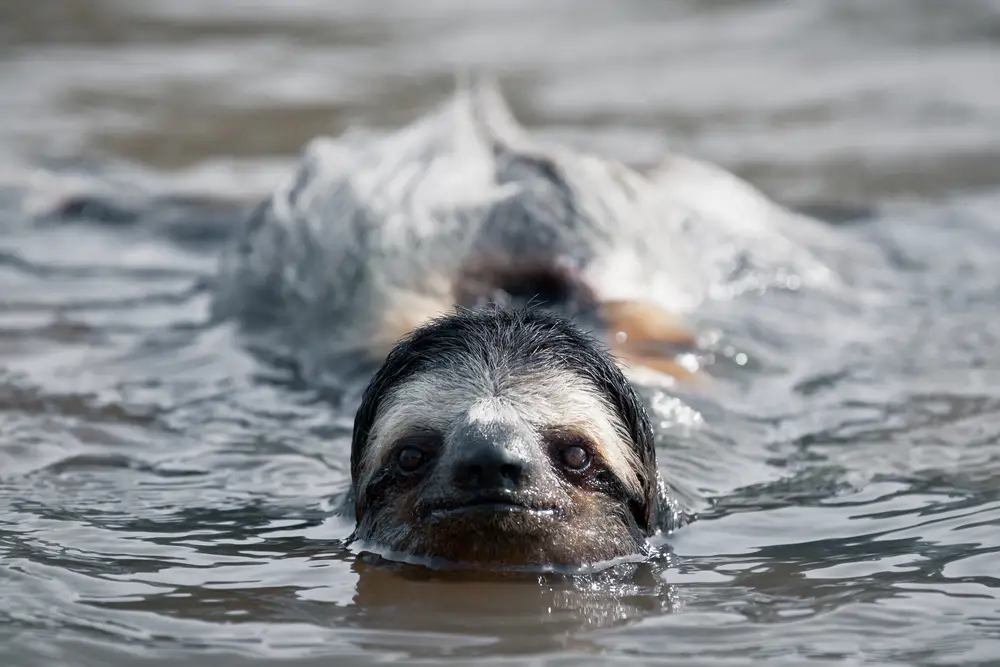
You might think of sloths as the sleepy, slow-moving residents of the rainforest, but they’re full of surprises. Sloths can hold their breath for an impressive 40 minutes, surpassing even dolphins, which manage about 10 minutes underwater. According to the Sloth Conservation Foundation, this remarkable breath-holding ability is possible because sloths have a slow metabolism, which uses less oxygen.
The sloth’s aquatic prowess doesn’t end there. Despite their reputation for laziness, sloths are actually strong swimmers. They use their long arms to paddle through water with surprising agility. This swimming skill is an essential adaptation for life in the rainforest, where heavy rains can quickly flood the ground below their tree-dwelling homes.
4. Cows Have Best Friends

Cows are known for their gentle, curious nature, but they’re also surprisingly social creatures with complex relationships. Studies by animal behaviorists show that cows form close friendships with specific individuals within their herd. When separated from their preferred companions, cows show signs of stress, much like humans do when parted from close friends. Their heart rates even increase, indicating anxiety and discomfort.
These bovine bonds extend beyond simple companionship. Cows that have their best friends nearby tend to be more relaxed and produce more milk. Farmers have noted that happy, unstressed cows are not only healthier but also more productive. It turns out that fostering these friendships can be beneficial for both the cows and the dairy industry.
5. Bees Can Understand Zero
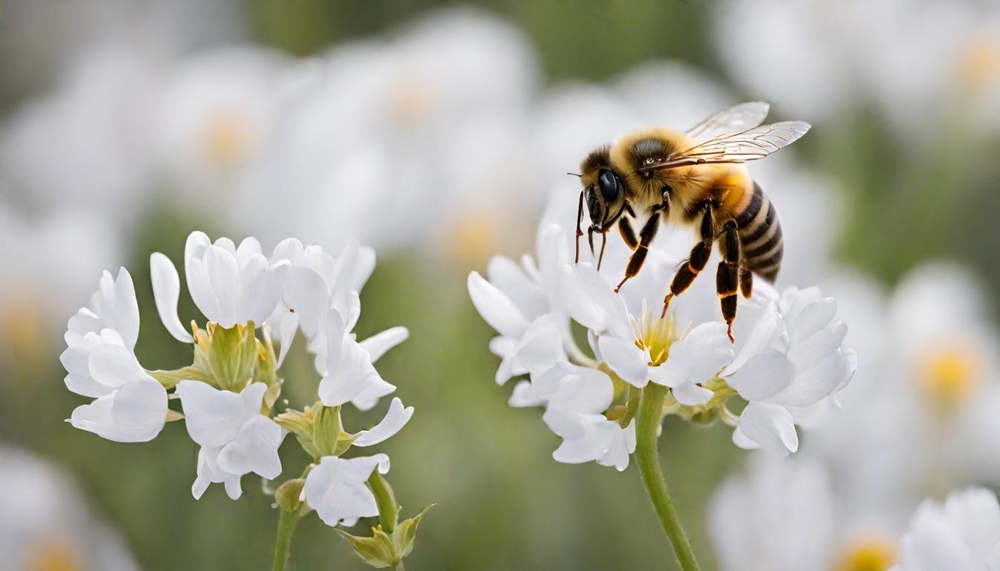
In the realm of mathematics, zero is a concept that humans struggle with, yet bees have surprisingly grasped it. Bees can comprehend the concept of ‘zero’ as a numerical value, according to a study published in Smithsonian Magazine. This advanced cognitive ability allows bees to distinguish between different quantities, even recognizing the absence of something as a distinct value.
The bees’ understanding of zero is thought to aid in their foraging behavior. By recognizing and remembering the relative abundance or absence of resources, bees can make more efficient decisions when collecting pollen. This mathematical grasp allows bees to optimize their energy expenditure, ensuring the survival and productivity of their hive. Despite their small brains, bees continue to demonstrate a surprising level of intelligence.
6. Koalas Have Fingerprints
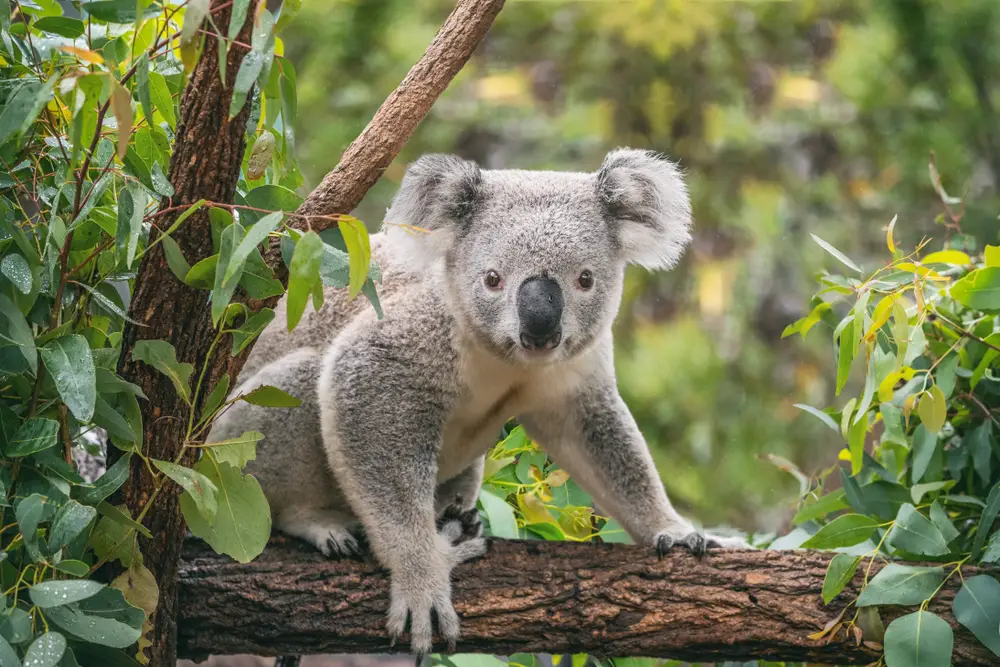
Koalas might look like they spend their days lounging in eucalyptus trees without a care, but their paws tell a different story. Surprisingly, koalas have fingerprints that are nearly indistinguishable from human fingerprints. In fact, their prints are so similar to ours that they can potentially contaminate crime scenes, leading to some forensic confusion.
This uncanny similarity is attributed to convergent evolution, where unrelated species develop similar traits to adapt to comparable environments or challenges. For koalas, these fingerprints likely evolved to help them grip and maneuver through the branches of their arboreal habitats. With their dexterous fingers and unique prints, koalas are well-equipped for life high above the ground.
7. Frogs Use Their Eyeballs To Swallow
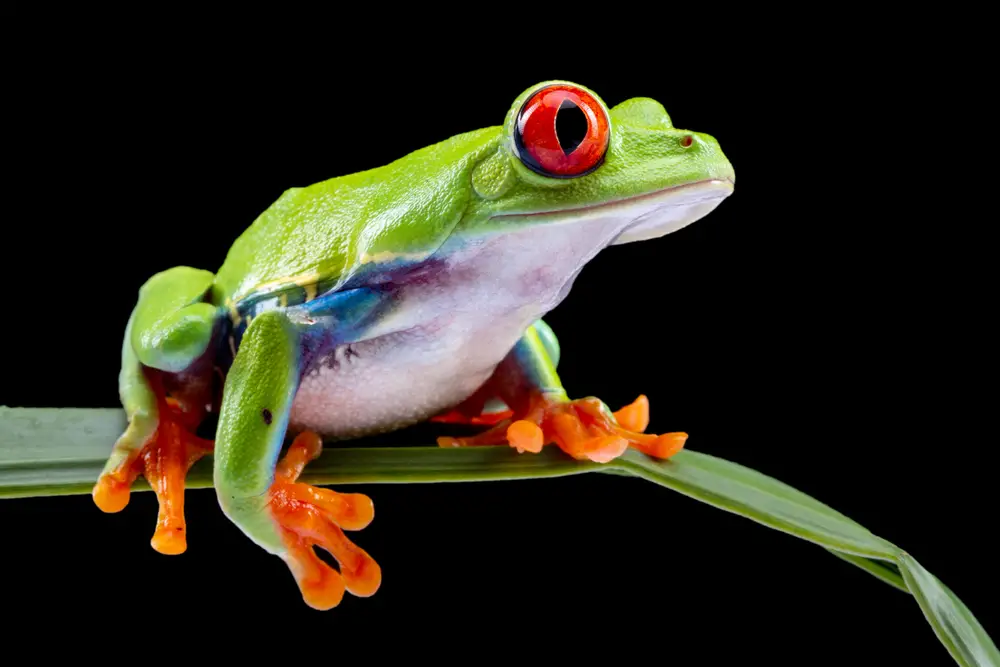
When it comes to unconventional eating habits, frogs take the cake. These amphibians use their eyeballs to help them swallow food. When a frog catches prey with its sticky tongue, it retracts its eyes into its head, pushing the food down its throat in the process. This unique method is essential for consuming their typically slippery, wriggling meals.
The eyeball-assisted swallowing technique serves a dual purpose. It not only aids in digestion but also provides a level of protection for their eyes while they feast. This clever adaptation allows frogs to efficiently consume their prey while keeping their sensitive eyes safe from harm. It’s a fascinating example of how animals evolve distinct traits to overcome their dietary challenges.
8. Penguins Propose With Pebbles
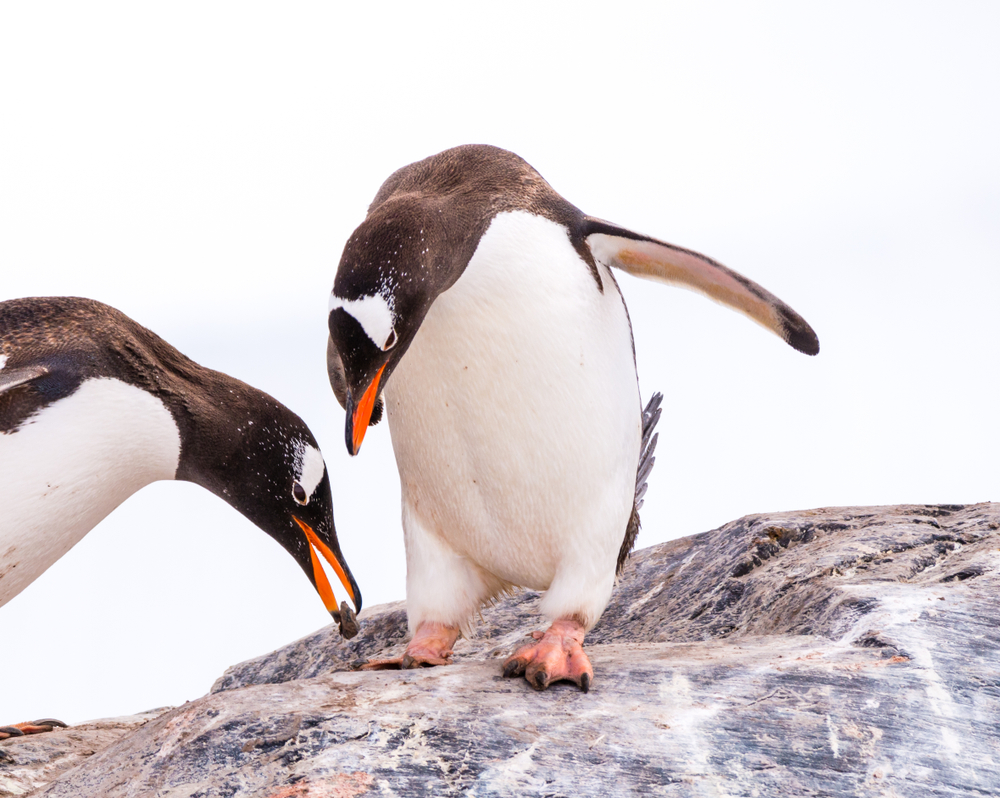
In the icy expanses of Antarctica, penguins have developed a romantic tradition to win over their mates. Male Adélie and Gentoo penguins present a special pebble to their chosen partner as a form of proposal. If the female accepts the gift, she places it in her nest, solidifying their partnership. This simple yet meaningful gesture showcases the importance of courtship and monogamous bonds in the penguin world.
Pebbles are highly coveted in the sparse Antarctic environment, making them a valuable token of affection. The quality and size of the pebble can influence a female penguin’s decision, as a sturdy nest is crucial for protecting their eggs from the harsh elements. By sharing the task of nest-building, penguin pairs strengthen their bond and increase their chances of raising successful offspring.
9. Crocodiles Swallow Stones To Dive Deeper
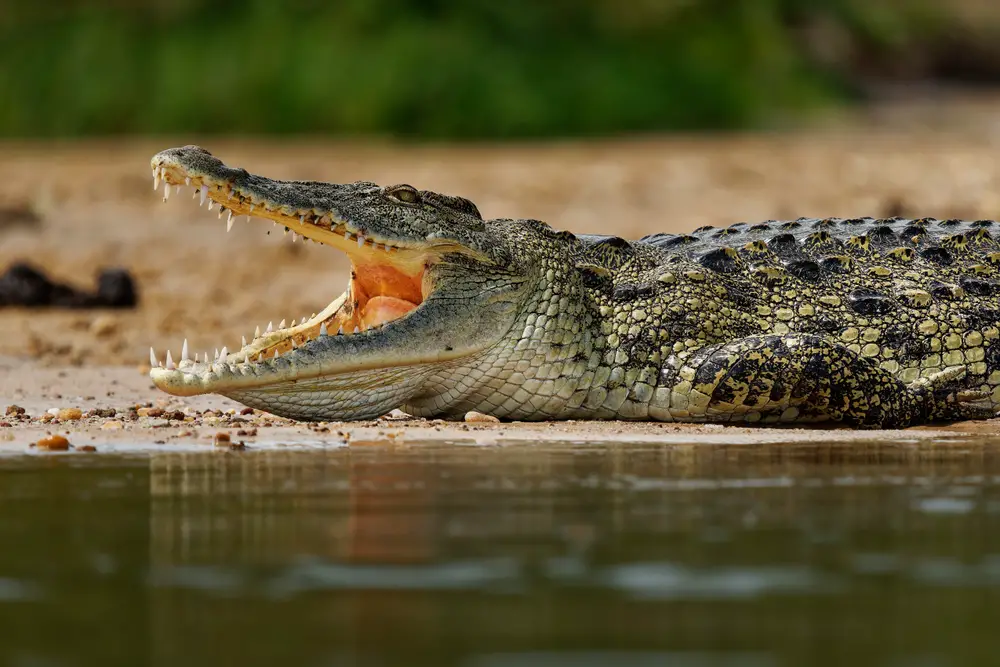
Crocodiles, the ancient denizens of the water, have an unexpected method to ensure they stay submerged. These reptiles swallow stones, known as gastroliths, to help them with buoyancy control. The added weight allows crocodiles to dive deeper and remain underwater longer without expending extra energy. This adaptation showcases the crocodile’s resourcefulness in optimizing its hunting strategies.
The stones serve a dual purpose; they also aid in digestion by grinding up food in the crocodile’s stomach. This is particularly helpful for breaking down tough materials like bones and shells. The combination of improved digestion and enhanced diving capability makes gastroliths a valuable addition to the crocodile’s survival toolkit. It’s a unique adaptation that highlights the intricacies of reptilian life.
10. Hummingbirds Weigh Less Than A Nickel
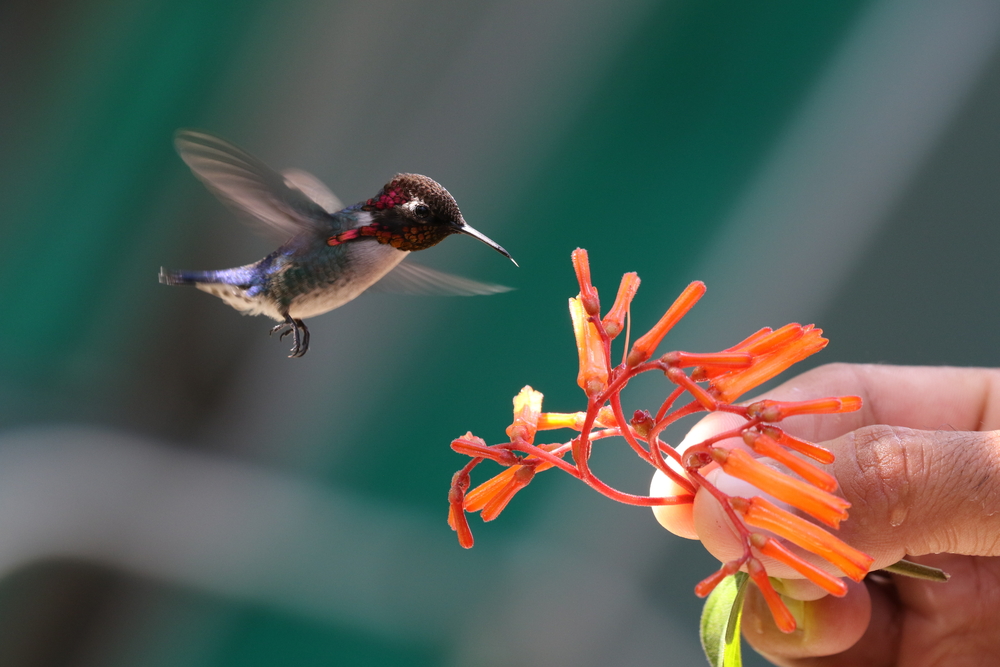
These tiny aviators might flit around gardens with vibrant colors, but their size is truly astonishing. Hummingbirds are among the smallest birds in the world, with some species weighing less than a nickel. Despite their diminutive size, these birds are powerhouses of energy, flapping their wings up to 80 times per second to hover and feed on nectar.
Their lightweight bodies are perfectly adapted for their high-energy lifestyle. The rapid wingbeats enable hummingbirds to maintain incredible agility and maneuverability in flight. Their efficient metabolism and specialized feeding habits allow them to thrive in environments where resources are scarce. In the world of avian wonders, hummingbirds stand out for their remarkable adaptation to life on the move.
11. Butterflies Taste With Their Feet
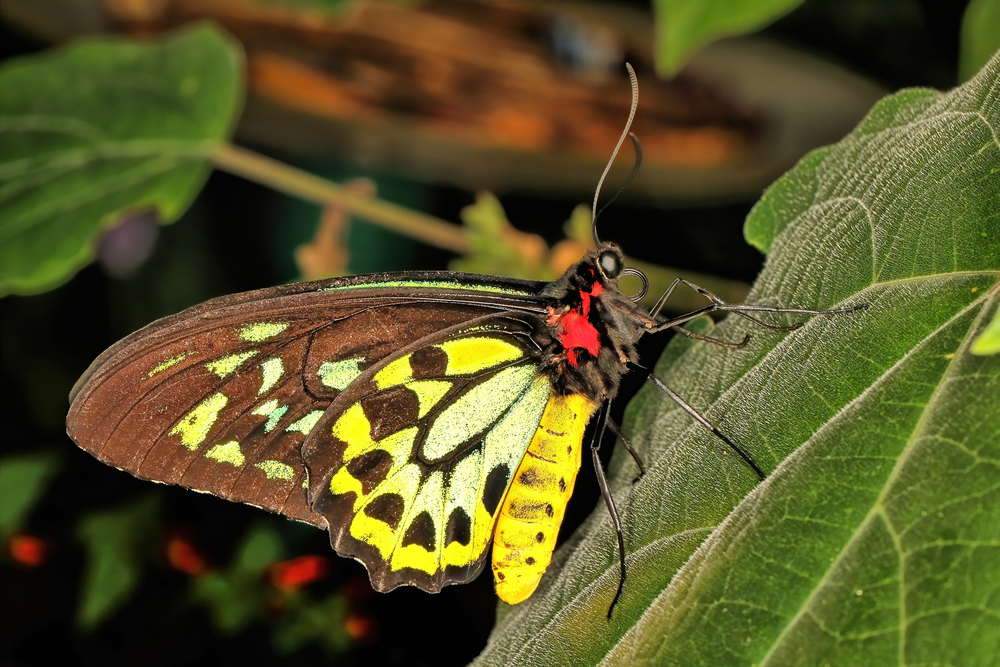
Butterflies add a splash of color to the world, but their sensory abilities are equally intriguing. These insects taste their surroundings using chemoreceptors located on their feet. When a butterfly lands on a plant, it uses these specialized sensors to determine the plant’s suitability for laying eggs or feeding. This unique adaptation ensures that butterflies make informed choices for their offspring.
The chemoreceptors help butterflies identify host plants that will provide nourishment for their caterpillars. This selective process is crucial for the survival of the next generation, as the right host plant can mean the difference between life and death for their larvae. With their remarkable ability to “taste” their environment, butterflies demonstrate the intricate relationship between creatures and their habitats.
12. Elephants Use Their Trunks Like Snorkels
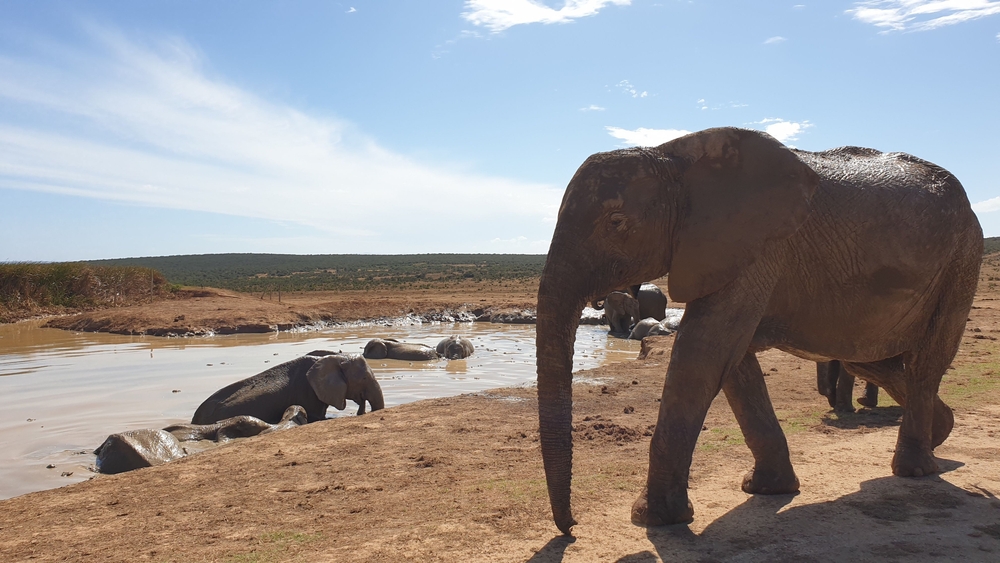
Elephants, the gentle giants of the animal kingdom, are known for their impressive trunks. These multifunctional appendages serve as snorkels when elephants swim. By extending their trunks above the water’s surface, elephants can breathe while submerged, allowing them to traverse rivers and other bodies of water with ease.
The trunk’s versatility extends beyond its snorkel function. Elephants use it for a variety of tasks, from picking up food to communicating with other herd members. This remarkable adaptation showcases the elephant’s intelligence and adaptability in diverse environments. With their ability to swim and navigate challenging terrain, elephants are well-suited for survival in the wild.
13. Sea Otters Hold Hands While Sleeping
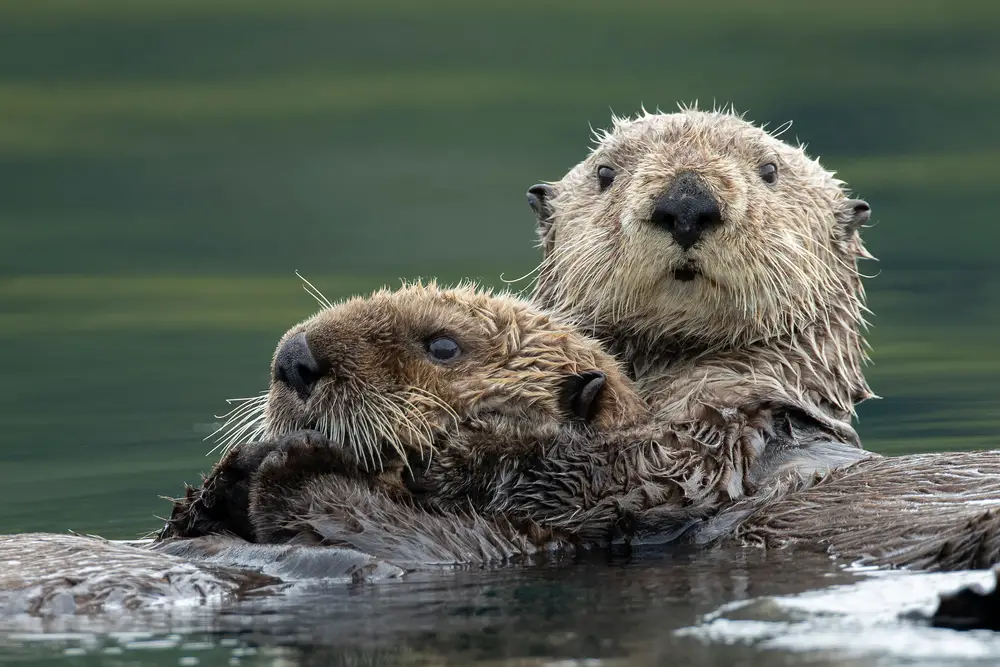
Sea otters, the playful inhabitants of coastal waters, have a heartwarming behavior to keep them close. While sleeping, sea otters hold hands with one another to prevent drifting apart in the ocean currents. This touching practice, called “rafting,” ensures that otters remain together as a group, enhancing their safety and social bonds.
Rafting is not just a cute habit; it has important survival implications. By staying together, sea otters reduce the risk of predation and benefit from shared warmth. This social behavior highlights the importance of community and cooperation in the animal kingdom. Sea otters exemplify the power of connection in navigating the challenges of their aquatic world.
14. Pigeons Are Prodigious Navigators
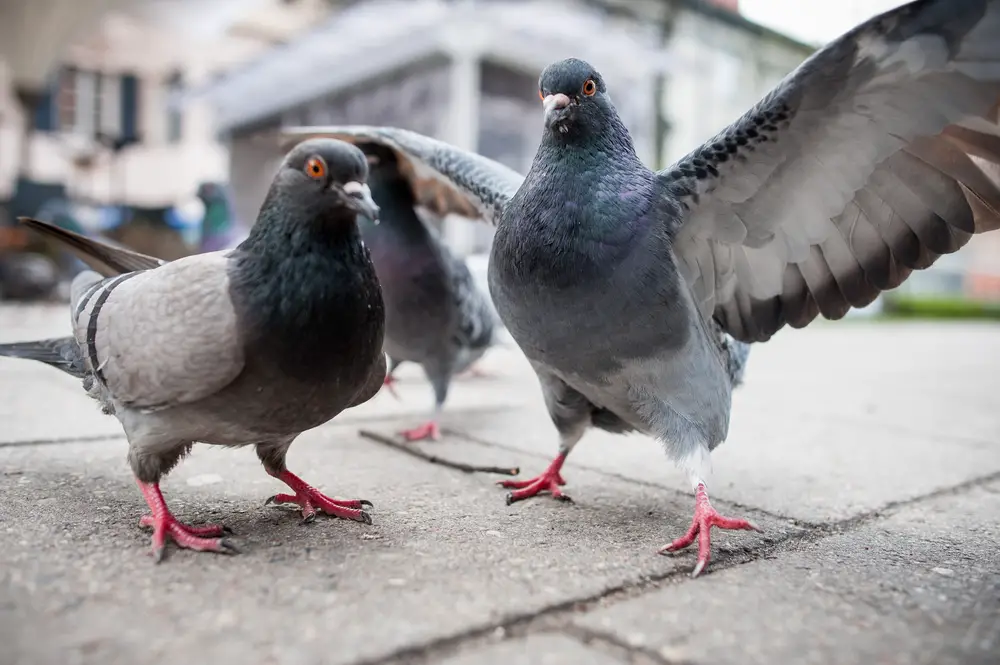
Pigeons might be common city dwellers, but they’re endowed with an extraordinary sense of direction. These avian navigators possess an innate ability to find their way home over vast distances, often exceeding hundreds of miles. Scientists believe pigeons utilize a combination of visual landmarks, the sun’s position, and Earth’s magnetic field to guide their journeys.
This navigation prowess has been harnessed by humans for centuries, with pigeons serving as reliable messengers during times of war and peace. The birds’ uncanny ability to travel with precision underscores the complexity of animal migration and orientation. In the world of avian navigators, pigeons truly soar above the rest with their remarkable homing instincts.
15. Ants Can Lift 50 Times Their Body Weight

Ants might be tiny, but they pack a punch in the strength department. These industrious insects can lift objects up to 50 times their own body weight, a feat comparable to a human lifting a small car. This incredible strength is attributed to their muscle structure and the physics of their small size, allowing them to perform seemingly impossible tasks.
The ants’ strength is not just a marvel of nature; it plays a critical role in their survival. By carrying large pieces of food back to their colonies, ants ensure the sustenance of their communities. This cooperative effort exemplifies the power of teamwork and division of labor in the animal kingdom. Ants, with their extraordinary abilities, remind us of the wonders found in the smallest creatures.
